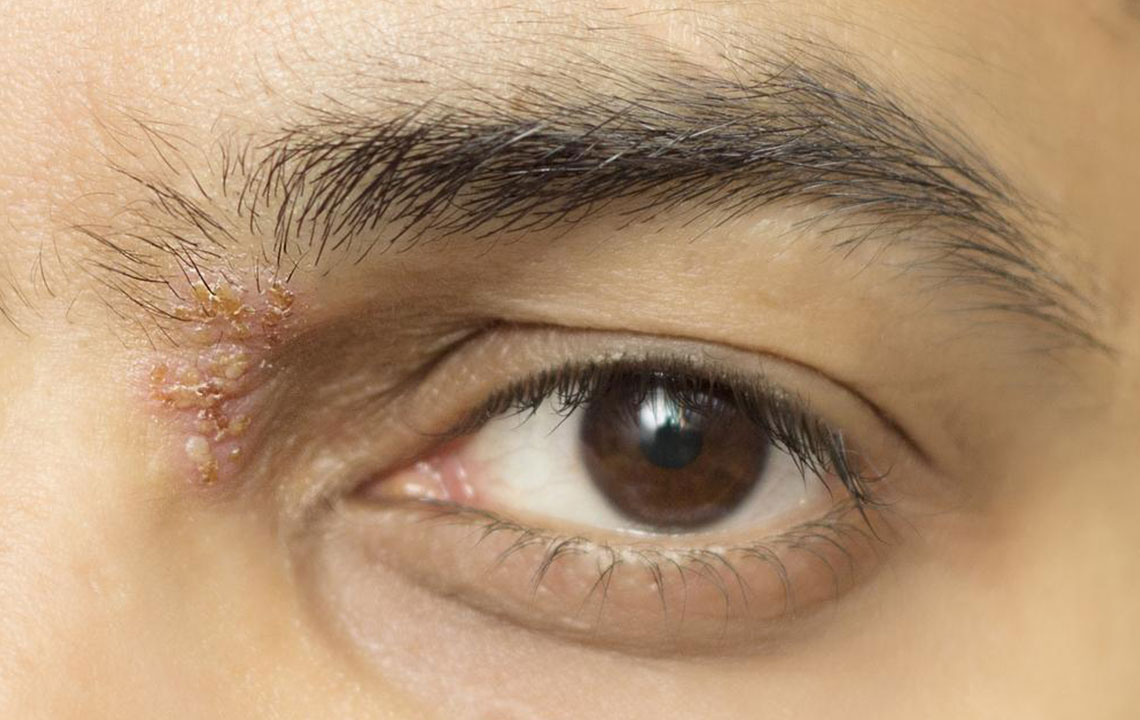Understanding the Root Causes of Shingles
Learn about the key causes of shingles, including age, immune system health, and stress factors. Understanding these triggers is essential for prevention and effective treatment of this painful condition. Seek professional medical guidance for proper care and management.

Shingles presents as a painful skin rash, often appearing as a band or small cluster on one side of the face or body. It results from the reactivation of the varicella-zoster virus, which also causes chickenpox. These viruses are part of the herpes family, making shingles also known as herpes zoster. After initial infection, the virus remains dormant in the nervous system for years. Reactivation leading to shingles is typically linked to immune system decline. Effective treatment hinges on identifying the triggers and administering appropriate medication for relief and recovery.
What Causes Shingles?
Understanding what triggers shingles helps in managing and preventing its occurrence.
Advanced age significantly raises the risk since immune defenses weaken over time.
Individuals battling certain cancers or with compromised immune systems, such as HIV/AIDS, are more susceptible.
Psychological stress and emotional trauma can also activate the dormant virus.
Use of immunosuppressive drugs, especially post-transplant, can increase the likelihood of reactivation.
Children may develop shingles if their mother had chickenpox late in pregnancy or if they contracted chickenpox early in life.
Recognizing these causes allows patients to seek timely and effective treatment, improving outcomes during shingles episodes.










